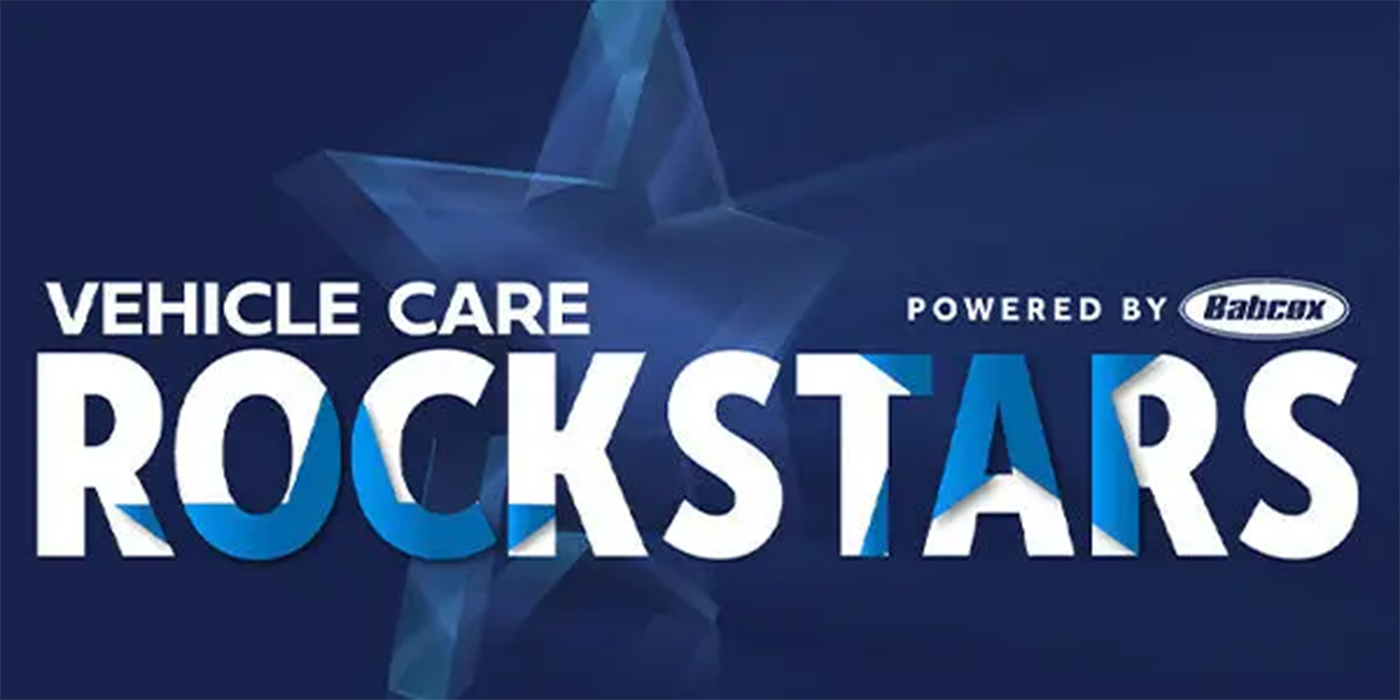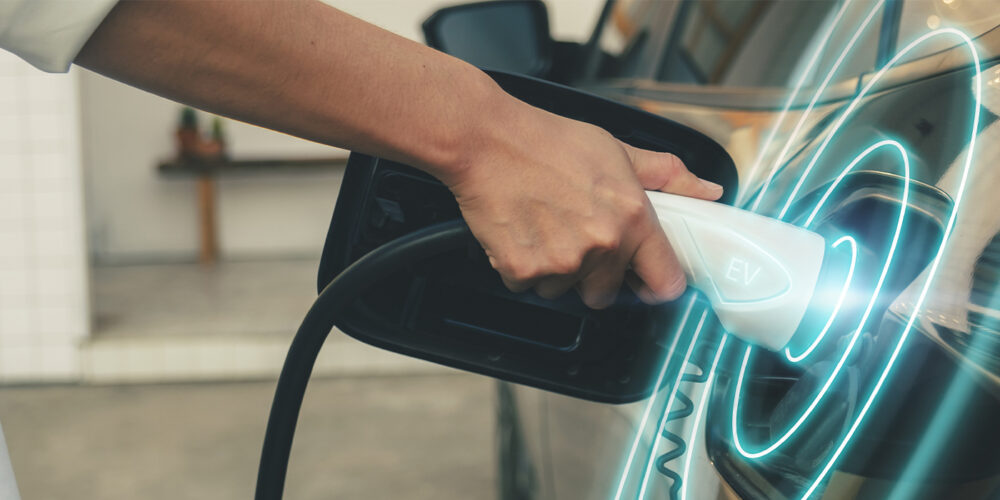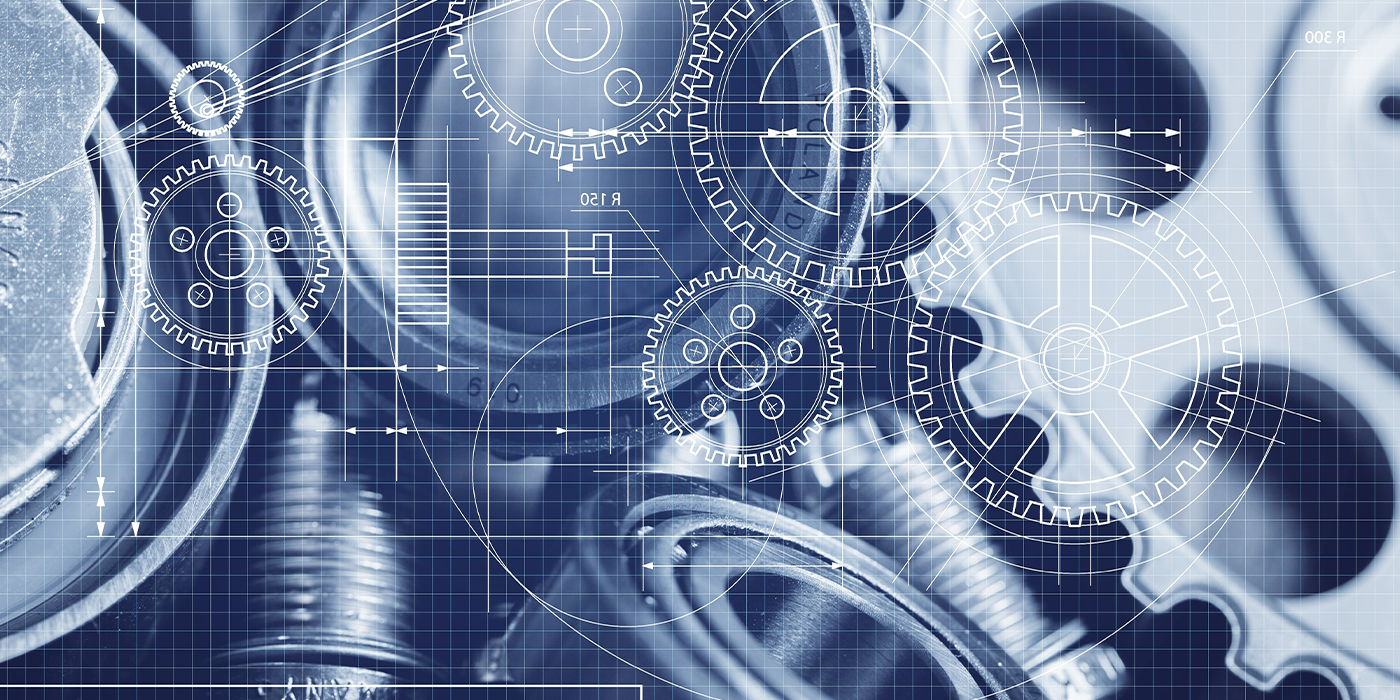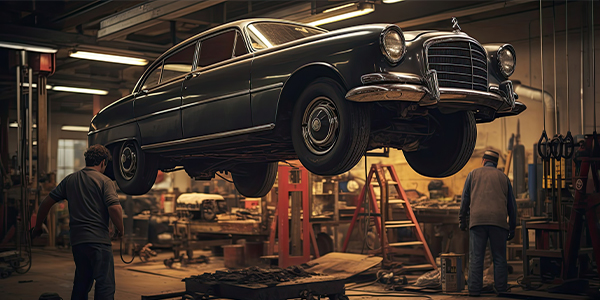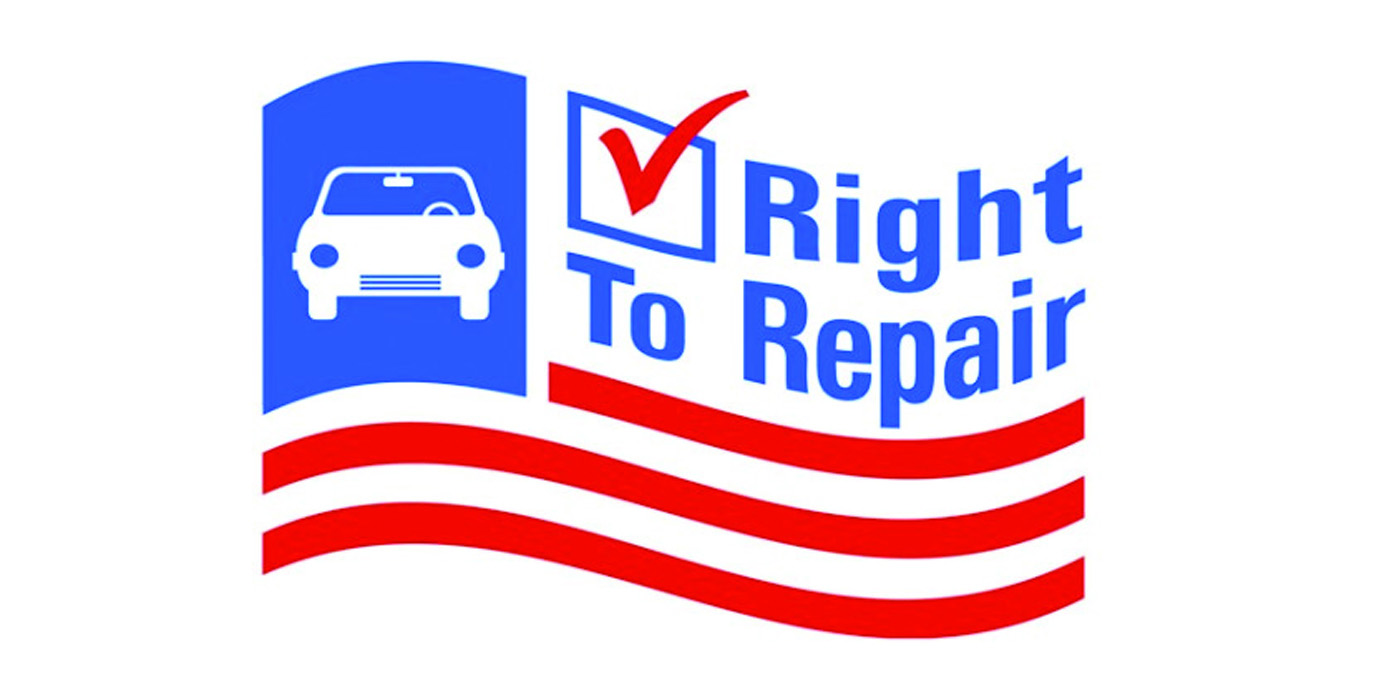Way back, when we used points and condensers, cars didn’t need brains, but that all changed in the mid-1970s with some imports and pretty much on everything else by the time the ‘80s came around.
Some of these brains were only cursory and didn’t actually control the car, but merely watched for emission issues. Others played a major role in the actual ignition spark or fuel delivery systems. Most of the engines in those early years of electronics still used the same basic distributor setups (with a few exceptions) as their earlier counterparts that used the old tried-and-true points and condenser type of ignition systems. On those older models, it was rather easy to slap a different distributor in it, or change it over to electronic ignition (which worked quite well by the way). These days, well, it’s not that easy. These computer systems have become so involved with the engine controls and other related systems that it’s nearly impossible to bypass the fuel or ignition systems. However, there are still a lot of people out there with low mileage cars from that early era who have kept them parked alongside the garage or hung onto them for some sentimental reason.
Some are in great shape, while others look like zombies already.
What makes them zombies? The brain … the brain … they need brains! Just this past week, I had several of these faded paint monstrosities lined up in the parking lot. (They never come alone, always in a pack.) For starters, an old dilapidated 1986 Dodge pickup with a slant six was brought to me. This old, rusted, tilting-to-one-side relic had been at another shop for a tune-up, but as the story was told to me by the owner, the other shop tried to start it when, all of a sudden, a fuel line ruptured and caught the old truck on fire. Luckily, they managed to get it out, but the damage was already done. The main harness from the firewall to the distributor, coil, charging system, blower motor, oil sending unit, temperature sender, and the starter wiring were completely melted into an unrecognizable mass of plastic and copper. It was my job to bring this dilapidated hulk back to life. The problem was the spark control computer was shorted out and unusable. Worse yet, the brain was discontinued eons ago and no replacement parts were available. This zombie needed a brain, and there didn’t seem to be an easy way to get one. Seemed to me, a better idea was to do away with the electronic brain and refit the old slant six with a simpler ignition system than what it originally had. A lobotomy if you will.
Then there’s this 2002 Mustang that needed a new BCM (Body Control Module). Call the dealer, call the parts warehouse, call everybody! Anybody! Is there a brain for this car? Nope, discontinued. Seems this BCM is a rather rare brain out there in zombie land. At the same time I was dealing with these, in comes a 1982 Ford Bronco with the original Variable Venturi carburetor still on it. OK, it wasn’t a brain issue, but it’s just as bad. Trying to find a suitable replacement for this these days is a challenge. Ten or 20 years ago, it would not be a problem finding parts or conversion kits, but that’s not true today.
This trend of bringing back the dead looks like it’s only going to continue with the economy in the shape it’s in. In some ways, I believe the manufacturers have thought this out long before there was a potential for these cars becoming zombies. Even though the car might physically still be in fair shape, the components themselves are not readily available to bring these rolling dead back to life.




